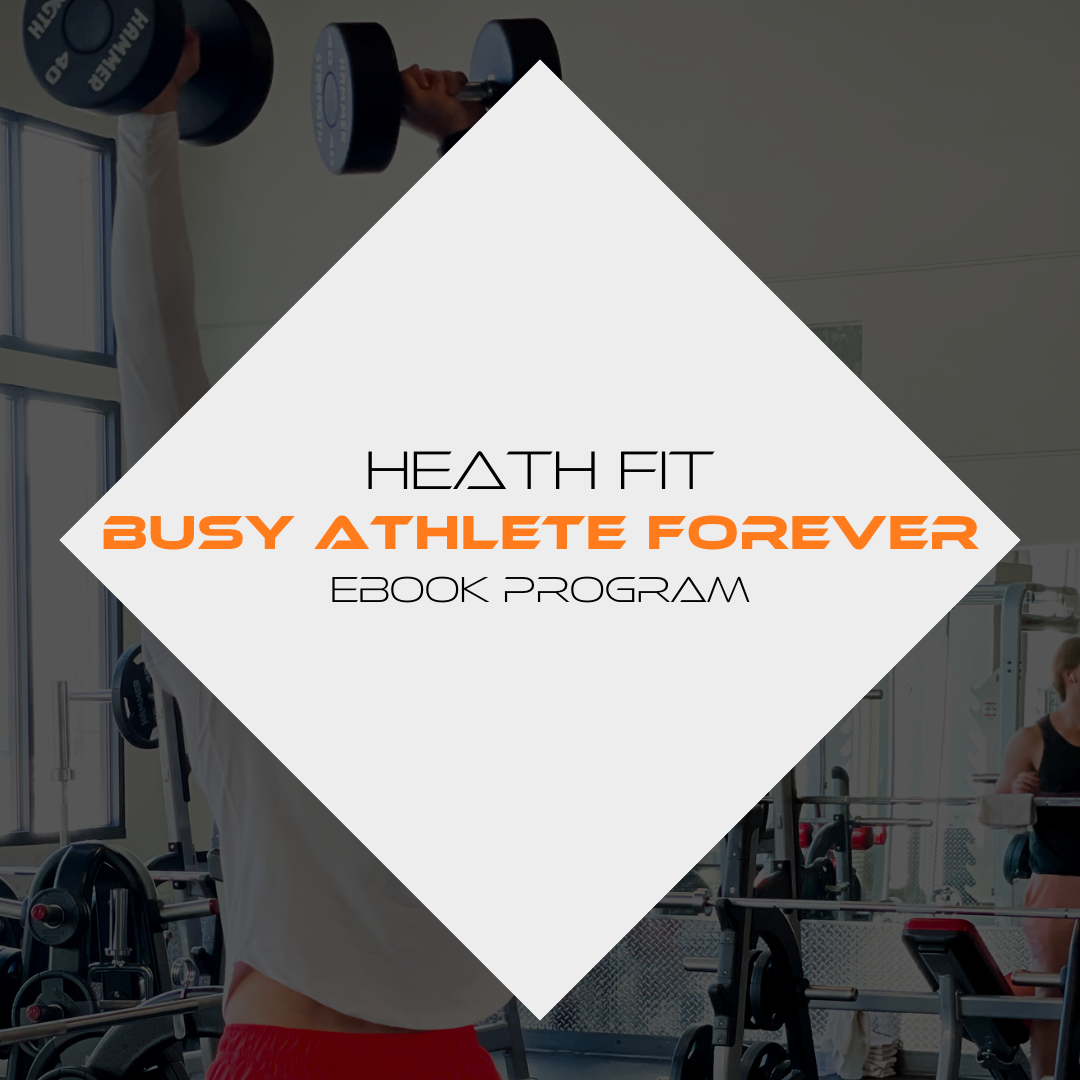Strengthen Your Core in Anti-Rotation
The Why
Anti-rotational core strength is crucial for improving sprinting speed as it helps maintain proper form and stability while running at high speeds. A strong core helps to control the rotational forces generated during sprinting, preventing the torso from twisting and affecting the balance of the runner. This not only helps to reduce the risk of injury, but also allows the runner to maintain optimal alignment, which is crucial for efficient transfer of energy from the legs to the ground. A strong core also enhances the ability to generate power and transfer it through the body, improving the overall explosive speed of the sprinter.
Consider how much energy you waste running in sand. When you push off the soft surface you are unable to transfer the force from the ground to propel yourself forward. A weak core is like the sandy surface. Your strong legs need to push against a strong, stiff core in order to efficiently transfer the force from the ground into motion.
By training the core muscles to resist rotation, sprinters can improve their posture, stability, and explosiveness, leading to an increase in sprinting speed and performance.
The How
Start with Pallof press variations with a cable machine or resistance bands. Program these movements in a standard 3-4 sets of 8-15 reps. I recommend starting with stationary Pallof presses and then transitioning into variations where you hold the Pallof extended position through a movement like split squats.

Train at Top Speed
The Why
Training at top speed is an effective way to increase sprinting speed, as it helps the body adapt to the demands of high-speed running. By pushing yourself to run at maximum velocity, you train your body to become more efficient and powerful at that speed. This type of training is especially important for athletes, as it helps to improve the body's ability to generate and maintain high levels of speed.
However, it's also important to note that this type of training can be very demanding on the body and should be balanced with adequate rest and recovery. Training at top speed is an intense form of exercise and can quickly lead to burnout or injury if not properly managed. That's why it's important to include adequate rest periods between sprints and allow the body to recover between high-intensity training sessions. If you fail to recover, you will not be able to sprint at top speed during your next sprint. Sprinting to increase speed cannot be mixed with sprinting for a conditioning session.
The How
Train through the 10-40 yard range for the majority of your sprinting. During a workout, rest for approximately one minute per 10 yds sprinted. A good sprint only workout would accumulate a total volume of about 100-175 yds. Counter-intuitively, the better athlete you are, the more you need to rest (better athletes output more and therefore need more rest).

Increase Lower Body Strength - Hip Flexion and Triple Extension
The Why
Strengthening hip flexion and triple extension are key factors in improving sprinting speed. Hip flexion involves the movement of the thigh towards the torso, and is a crucial part of the stride during sprinting. Strong hip flexors enable the runner to generate greater power and speed with each stride, as they are able to bring their legs through a greater range of motion. This results in a more forceful push-off and a longer stride, both of which contribute to an increase in overall speed. A study comparing average people with top sprinters showed that the biggest discrepancy in muscle size was in the hip flexors.
Triple extension refers to the simultaneous extension of the ankle, knee, and hip during the stride. This movement is essential for generating maximum power and speed, as it allows the runner to apply maximum force to the ground and propel themselves forward. Strengthening the muscles involved in triple extension, such as the quadriceps, hamstrings, calves, and glutes, can help to improve the efficiency of this movement and increase the speed at which a runner can sprint. A runner with strong triple extension muscles will be able to take longer strides, apply more force to the ground, and run faster.
By strengthening hip flexion and triple extension, sprinters can improve the power and efficiency of their stride, leading to an increase in overall sprinting speed.
The How
Focus on increasing your maximum force output. Training for that type of adaptation requires fewer reps per set and lifting heavy weights (80%+ of your one rep max).
Train squats and reverse squats to build up strength in the main sprinting muscles. True triple extension includes the ankles as well, so including box jumps and hang cleans can also be good ways to strength train in ways that can translate to athleticism. An overlooked exercise to create triple extension power is the overhead medicine ball throw.

Conclusion
Improving your sprinting speed requires a combination of strengthening the core, training at top speed, and increasing lower body strength through hip flexion and triple extension. By following the recommended exercises for each aspect, you can see significant improvements in your sprinting performance. By implementing these fundamentals, you will be on your way to reaching your goals and improving your speed.


